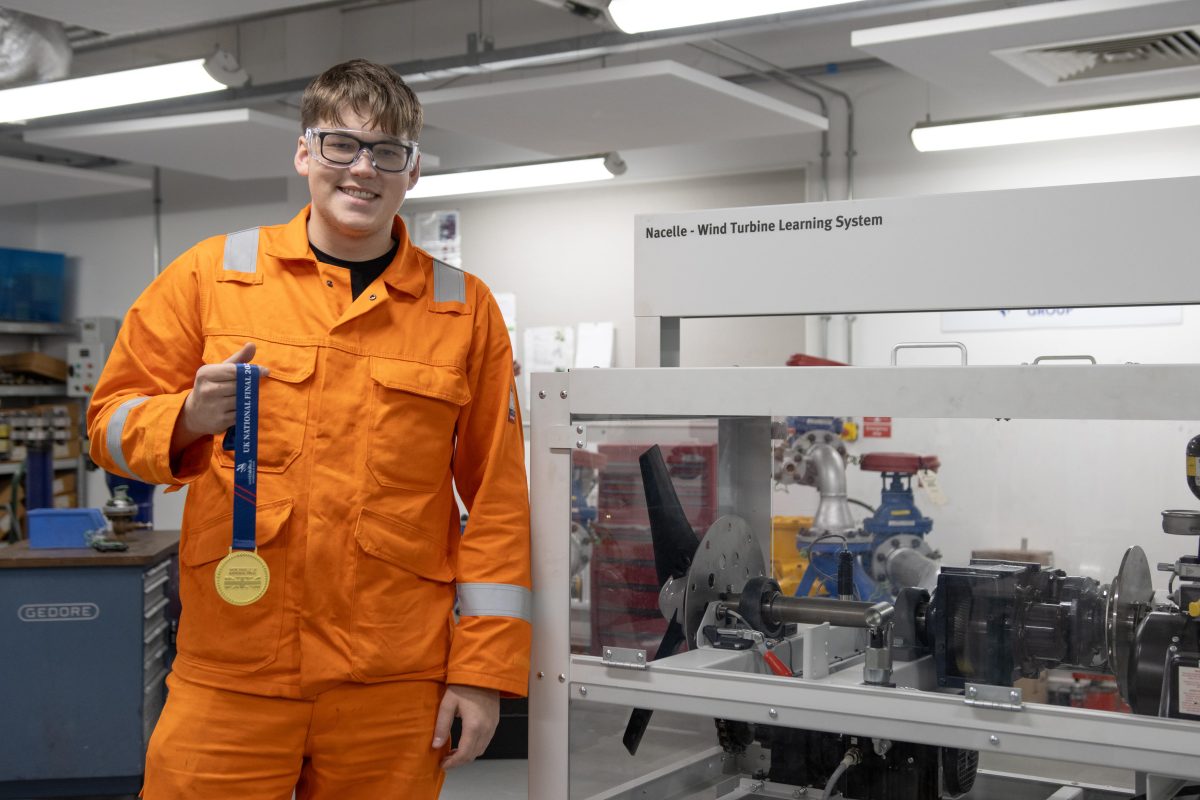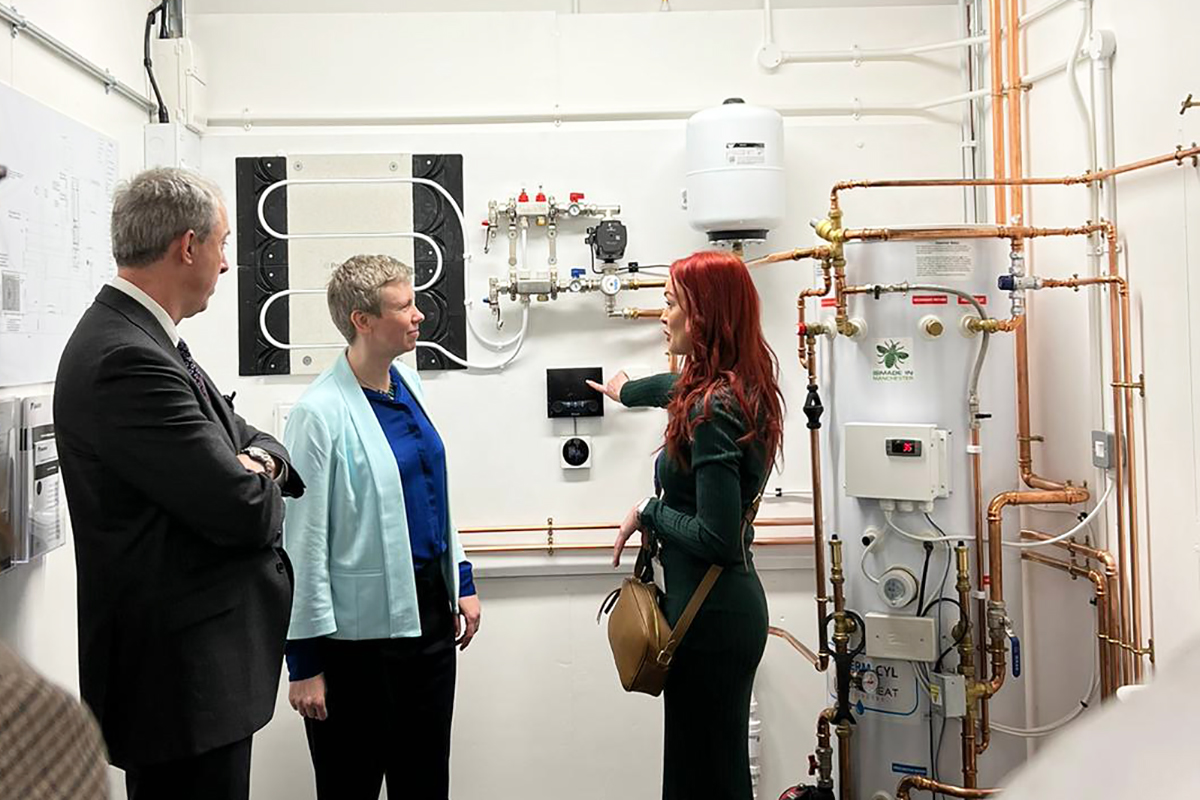Addressing the Attainment Gap in Schools

With many children struggling to adjust to a constantly changing educational routine and a third nationwide lockdown in place, fears over the ever-increasing attainment gap amongst school children have never been higher. Catherine Talbot, Learning and Development Analyst at High Speed Training (@hst) offers guidance on easing the strain.
What is the attainment gap?
The attainment gap describes the gap in achievement and opportunity between pupils from more deprived socio-economic backgrounds and their wealthier counterparts.
As a result of COVID-19, pupils across the nation have been forced to phase in and out of periods of virtual learning. The dramatic shift in teaching approaches, including that posed by the announcement of a third national lockdown, has introduced a real threat to increasing the attainment gap between groups of pupils as they pass through critical school years.
According to research commissioned by High Speed Training*, a startling 63% of teachers stated that the risk of children falling behind was one of their greatest fears during a strict lockdown.
Utilising her 15 years’ experience within education, Catherine Talbot, Learning and Development Analyst at High Speed Training, explains what could be done to shrink and eradicate the attainment gap.
What can we do to solve the attainment gap problem?
In a survey conducted on teaching staff across the UK, respondents were asked ‘How do you think schools could take steps to address the potential increase in the attainment gap as a result of virtual learning?’
- 32% recommended lunchtime learning. Extra-curricular activities can provide key learning in a more informal, interactive and fun in nature structure. Pupils are managing to rest from their traditionally formatted lessons and taking a break, all whilst utilising spare time in the school day to embed the extra information. Lunchtime learning can be achieved through lunchtime clubs within pupils’ set bubbles once schools reopen, can be done virtually or teachers can promote setting time aside for learning in a more relaxed format at pupils’ own leisure.
- 25% recommended parent-teacher meetings. With parent-teacher evenings coming around only once a year in some schools, increasing the frequency of these on a virtual basis would provide a mutually beneficial channel of open discussion. When it comes to further learning, this could help in enabling parents to relay the required standard in attainment outside of the school environment. Of course, this does depend on the education level of the parents too, so teachers need to be mindful when wording feedback and building development plans with them – areas like access to resources at home should also be discussed, particularly in light of the concerning shortages of laptops and devices highlighted recently**.
- 21% recommended to incorporate attainment levels as part of safeguarding requirements. With regard to pupils’ well-being, some teachers say that attainment levels should be included as a quantifiable metric when the time comes for student evaluation. There are often links between pupils’ mental health and home life with attainment, and if all were measured collectively, this could help identify an overall problem and best inform practises that could solve issues.
- 17% recommended more intermittent testing. Regular assessments throughout the academic year are a useful way of tracking pupils’ progress against the syllabus and highlighting when individuals might be showing signs of dropping off. However, with school children, parents and teachers already under immense levels of stress to provide a high standard of teaching whilst adapting to the ‘new normal’, ongoing assessing of pupils could add unwanted pressure.
- 10% said more homework. As with learning clubs, homework has been proven to provide pupils with extra time to ‘top-up’ skills such as time management, independent working and – for older pre-university pupils – time to engage in reading around a wider subject. More homework doesn’t have to mean more strenuous work for children and when increasing the volume, teachers can introduce non-conventional homework formats to help keep engagement where it needs to be. Don’t just go for the activity sheet or one-page essay and be mindful that not all students have the best access to technology.
There are many different opinions on how we, as educational professionals, can ‘solve’ the current teaching and learning drawbacks brought on by the pandemic. But one thing is clear – the landscape is constantly changing and evolving and we can only strive to do our very best to ensure that all children receive the fantastic education that they are entitled to. As we know, incorporating new teaching methods takes time to test and implement and we will not know the true long-term effects of the pandemic on education until it is over. What we can do now is balance our understanding with as reflective-as-possible assessment and continue to go above and beyond with our support for both pupils and parents alike.
To support those seeking additional training and information on safeguarding child mental health, High Speed Training has a range of free-to-view resources available online.
*Source: One Poll results from 200 UK primary and secondary teachers in October 2020.
** Source: BBC ‘Covid-19: The challenges of home-schooling’, January 2021. (https://www.bbc.co.uk/news/technology-55573803)











Responses